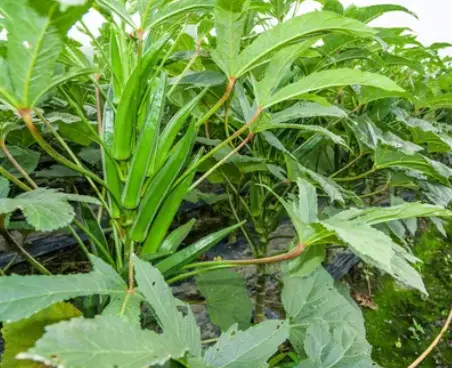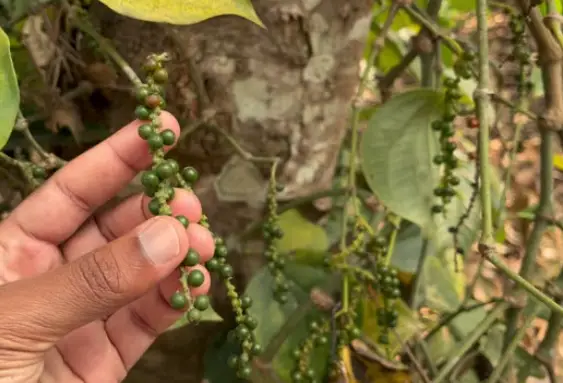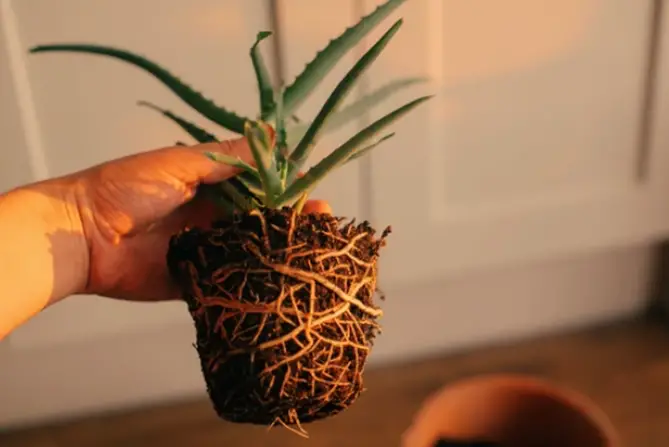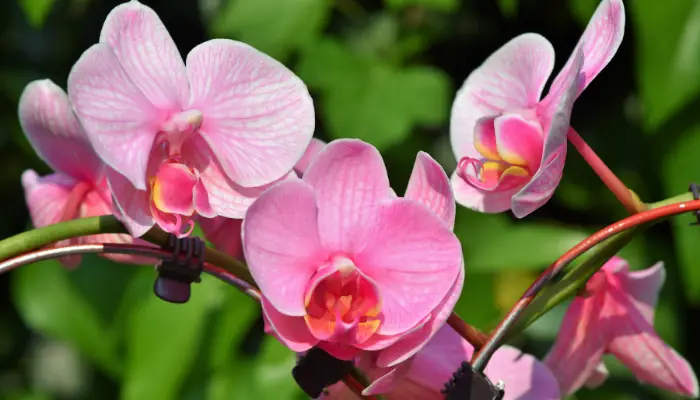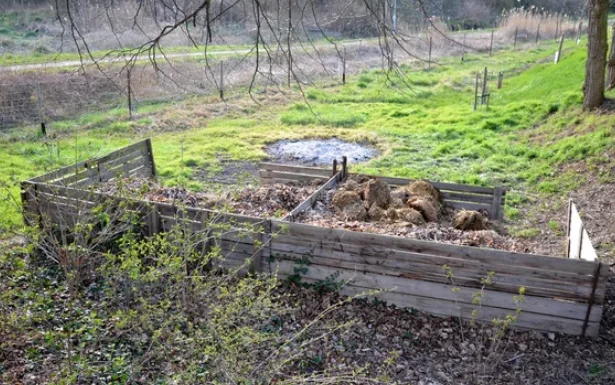Coneflowers Growing: How to Care for These Beautiful Blooms
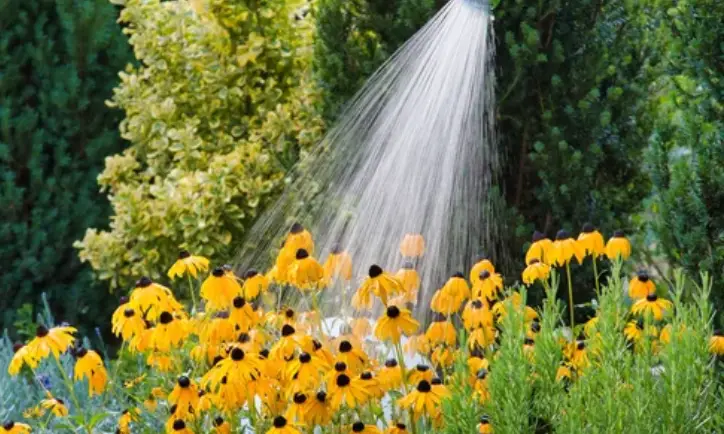
Coneflowers, also known as Echinacea, are a popular perennial flower native to North America.
They are known for their bright, daisy-like flowers and cone-shaped centers. These flowers come in a variety of colors including pink, purple, white, and yellow, and are often used in gardens and as cut flowers.
There are several species of coneflowers, including Echinacea Purpurea, Echinacea Pallida, and Echinacea Angustifolia.
Echinacea Purpurea is the most common species and is known for its purple or pink flowers. Echinacea pallida has pale pink or white flowers, while Echinacea Angustifolia has yellow or orange flowers.
Coneflowers are easy to grow and are suitable for a variety of garden styles, including cottage gardens, wildflower gardens, and pollinator gardens.
They are also drought-tolerant and can thrive in a variety of soil types.
How to Grow coneflowers?
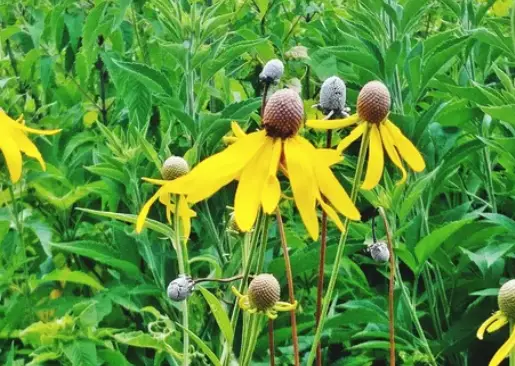
To grow coneflowers, start by selecting a location in your garden that receives full sun to partial shade.
Coneflowers can tolerate a wide range of soil types but prefer well-draining soil that is rich in organic matter.
Before planting, loosen the soil and add a layer of compost or well-rotted manure.
Plant coneflowers at the same depth as they were in their pots and space them about 18-24 inches apart.
Water thoroughly after planting and mulch around the base of the plants to help retain moisture.
Choosing the right location
When choosing the location for your coneflowers, it is important to consider the sunlight and soil requirements of these plants.
Coneflowers thrive in locations that receive full sun to partial shade.
Full sun means that the plants will receive at least 6 hours of direct sunlight per day, while partial shade means that the plants will receive some direct sunlight but also some protection from the hottest part of the day.
Too much shade can result in fewer flowers and spindly growth.
Coneflowers can tolerate a wide range of soil types, but they prefer well-draining soil that is rich in organic matter.
They are tolerant of drought, but regular watering during dry spells will help keep the plants healthy and encourage better blooming.
When selecting a location for your coneflowers, be sure to also consider the mature size of the plants.
Coneflowers can grow up to 3-4 feet tall and wide, so be sure to give them enough space to spread out and grow.
It is also a good idea to choose a location that is protected from strong winds, as coneflowers can be prone to breakage.
And, if you live in an area with extreme winter weather, be sure to select a location that provides some protection from the cold.
Preparing the soil
Proper soil preparation is essential for ensuring that your coneflowers have the best possible foundation for growth. Here are some steps to follow when preparing the soil for planting coneflowers:
- Test the soil: It is a good idea to test the pH and nutrient levels of your soil before planting. Coneflowers prefer soil with a pH between 6.0 and 7.5 and benefit from the addition of nutrients such as nitrogen, phosphorus, and potassium. A soil test can help you determine any needed adjustments to the soil before planting.
- Loosen the soil: Use a garden fork or spade to loosen the soil to a depth of about 8-12 inches. This will help improve drainage and allow the roots of your coneflowers to more easily penetrate the soil.
- Add organic matter: Mix in a layer of compost or well-rotted manure to enrich the soil and improve its water-holding capacity. This is especially important if you have poor-quality soil or soil that drains poorly.
- Smooth out the surface: Use a rake to level out the surface of the soil and remove any weeds or debris.
By properly preparing the soil, you will give your coneflowers the best possible start and improve their chances of thriving in your garden.
Planting and spacing
When planting coneflowers, it is important to follow proper planting and spacing techniques to ensure that the plants have enough room to grow and establish themselves. Here are some tips to keep in mind:
- Plant at the same depth as the pots: Coneflowers should be planted at the same depth as they were in their pots. Be sure to carefully loosen the roots before planting to encourage good root growth.
- Space plants 18-24 inches apart: Coneflowers should be spaced about 18-24 inches apart to allow enough room for the plants to grow and spread out. If you are planting multiple rows of coneflowers, space the rows about 2-3 feet apart.
- Water thoroughly after planting: Water the coneflowers thoroughly after planting to help settle the soil around the roots. Keep the soil moist but not waterlogged until the plants are established.
- Mulch around the base of the plants: Mulch around the base of the coneflowers with a layer of compost or wood chips to help retain moisture and suppress weeds.
By following these planting and spacing guidelines, you will give your coneflowers the best chance to thrive in your garden.
Proper watering and fertilizing are important for maintaining the health and vigor of your coneflowers. Here are some tips for watering and fertilizing coneflowers:
- Water regularly: Coneflowers are drought-tolerant, but they do benefit from regular watering, especially during dry spells. Water the plants deeply, allowing the water to reach the roots, but be careful not to overwater as this can lead to root rot.
- Fertilize once a month: During the growing season, fertilize your coneflowers once a month with a balanced fertilizer, such as a 10-10-10 formula. This will provide the plants with the nutrients they need to grow and bloom.
- Avoid over-fertilizing: Be sure not to over-fertilize your coneflowers, as this can lead to excessive leaf growth at the expense of flowers.
- Consider using compost: In addition to fertilizing, you can also enrich the soil around your coneflowers by adding a layer of compost or well-rotted manure to the area. This will provide a slow-release source of nutrients to the plants.
By following these watering and fertilizing guidelines, you can help ensure that your coneflowers receive the nutrients they need to thrive in your garden.
Deadheading
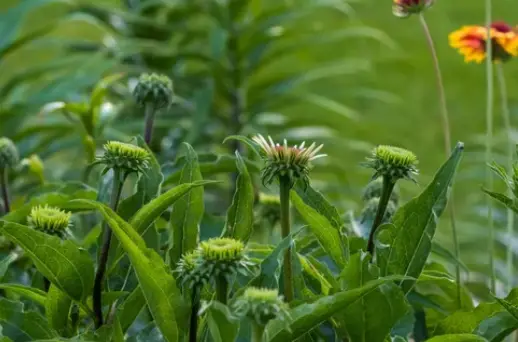
Deadheading is the process of removing spent flowers from a plant. In the case of coneflowers, deadheading can help encourage new growth and extend the blooming period of the plants. Here’s how to deadhead coneflowers:
- Look for wilted flowers: As the flowers on your coneflowers begin to wilt, they will start to look less vibrant and will eventually droop. This is a sign that they are ready to be deadheaded.
- Snip off the flowers: Using a pair of sharp scissors or pruning shears, snip off the flowers at the base of the plant, just above the first set of leaves. Be sure to cut as close to the stem as possible to minimize the appearance of the cut.
- Dispose of the flowers: Discard the dead flowers, as they can harbor pests and diseases.
By deadheading your coneflowers on a regular basis, you can help encourage new growth and extend the blooming period of the plants. This will keep your garden looking fresh and colorful all season long.
Pest and disease control
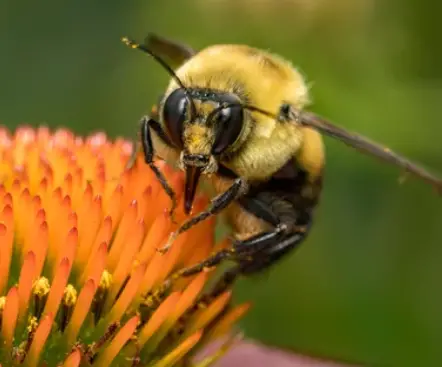
Like all plants, coneflowers can be prone to pests and diseases. Here are some common issues to be aware of and tips for preventing and treating them:
- Aphids: Aphids are small, pear-shaped insects that can infest coneflowers, causing distorted growth and yellowing of the leaves. To control aphids, try hosing the plants down with a strong jet of water or using an insecticidal soap.
- Slugs: Slugs can be a problem for coneflowers, especially in moist conditions. To control slugs, try placing a layer of sand or crushed eggshells around the base of the plants to create a physical barrier. You can also use slug bait or traps to control these pests.
- Fungal infections: Coneflowers can be prone to fungal infections such as powdery mildew, which causes a white, powdery growth on the leaves. To prevent fungal infections, be sure to water the plants at the base rather than from above, and avoid getting the foliage wet. If an infection does occur, try treating the plants with a fungicide according to the manufacturer’s instructions.
By keeping an eye out for pests and diseases and taking steps to prevent and treat these issues as needed, you can help keep your coneflowers healthy and thriving in your garden.
Propagating coneflowers
There are several methods you can use to propagate coneflowers, including dividing established plants and starting new plants from seed. Here is a brief overview of each method:
- Dividing established plants: One of the easiest ways to propagate coneflowers is by dividing established plants. This is typically done in the spring or fall, when the plants are dormant. To divide coneflowers, carefully dig up the plant and use a sharp knife or garden fork to divide the roots into sections, making sure each section has at least one bud. Replant the divisions in prepared soil, water thoroughly, and mulch around the base of the plants.
- Starting from seed: Coneflowers can also be started from seed, either indoors or outdoors. To start seeds indoors, fill a seed tray or pots with seed compost and sow the seeds according to the packet instructions. Keep the soil moist and provide plenty of light until the seedlings are ready to be transplanted into the garden. To start seeds outdoors, wait until the danger of frost has passed and sow the seeds directly into prepared soil.
By propagating coneflowers, you can create new plants for your garden or share them with friends and family. With a little care and patience, you can enjoy an abundance of beautiful coneflowers in your outdoor space.
Designing with coneflowers:
Coneflowers are a versatile and easy-to-grow addition to any garden. Here are a few ideas for incorporating coneflowers into your garden design:
- Border plants: Coneflowers make a beautiful border plant and can be used to define the edges of a garden bed or walkway. Plant a row of coneflowers along the edge of your garden and mix and match different colors and varieties to create a visually striking display.
- Mass plantings: For a bold, eye-catching display, consider planting coneflowers in mass. Choose a single color or mix and match a variety of colors to create a stunning tapestry of blooms.
- Containers: Coneflowers are well-suited to container gardening and can add a pop of color to a patio, balcony, or entryway. Choose a container that is large enough to accommodate the mature size of the plant and be sure to use a well-draining potting mix.
- Wildflower meadow: If you have a large area to fill, consider planting a wildflower meadow with coneflowers as a key component. Mix in a variety of other native wildflowers to create a colorful, naturalistic setting.
- Pollinator garden: Coneflowers are a popular choice for pollinator gardens as they attract bees, butterflies, and other beneficial insects. Plant a variety of coneflowers in your garden to create a welcoming habitat for pollinators.
With a little creativity, you can use coneflowers to add a splash of color and interest to your garden design.
Caring for coneflowers in winter:
Coneflowers are generally hardy plants that can tolerate cold temperatures, but there are a few steps you can take to help protect your coneflowers during the winter months:
- Mulch: A layer of mulch around the base of the plants can help insulate the roots and protect them from extreme cold. Use a mulch such as wood chips or straw, being sure to leave a few inches of space between the mulch and the base of the plants.
- Cut back the plants: After the first frost, cut back the stems of your coneflowers to about 6 inches above the ground. This will help reduce the amount of snow and ice that accumulates on the plants, reducing the risk of breakage.
- Protect against extreme weather: If you live in an area with extreme winter weather, consider covering your coneflowers with a winter blanket or burlap to provide additional protection. Be sure to remove the coverings during any warm spells to allow the plants to get some sunlight and air circulation.
By following these winter care tips, you can help ensure that your coneflowers survive the colder months and return strong and healthy in the spring.
Using coneflowers in landscaping
- Wildflower meadow: Plant a mix of coneflowers and other native wildflowers to create a naturalistic, low-maintenance wildflower meadow. This is a great option for large areas or natural areas, such as along a roadside or in a field.
- Pollinator garden: Incorporate coneflowers into a pollinator garden to attract bees, butterflies, and other beneficial insects. Mix in a variety of other flowering plants and provide water and shelter to create a welcoming habitat for pollinators.
- Border plants: Use coneflowers as border plants to define the edges of a garden bed or walkway. Plant a row of coneflowers along the edge of your garden and mix and match different colors and varieties to create a visually striking display.
- Mixed borders: Combine coneflowers with other flowering plants to create a mixed border with a variety of colors and textures. Mix in plants with complementary blooming times to create a long-lasting display.
- Container gardening: Coneflowers are well-suited to container gardening and can add a pop of color to a patio, balcony, or entryway. Choose a container that is large enough to accommodate the mature size of the plant and be sure to use a well-draining potting mix.
By using coneflowers in your landscaping projects, you can add a splash of color and interest to your outdoor space.
Conclusion
In conclusion, coneflowers are a beautiful and easy-to-grow addition to any garden.
Deadheading, pest and disease control, and winter care are also important for maintaining the health and vitality of your coneflowers.
And, by using coneflowers in landscaping projects such as wildflower meadows or pollinator gardens, you can add a touch of beauty and color to your outdoor space.
With a little care and attention, you can enjoy an abundance of stunning coneflowers in your garden for seasons to come.

